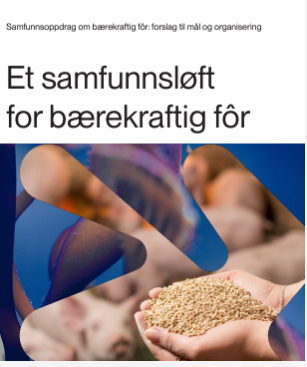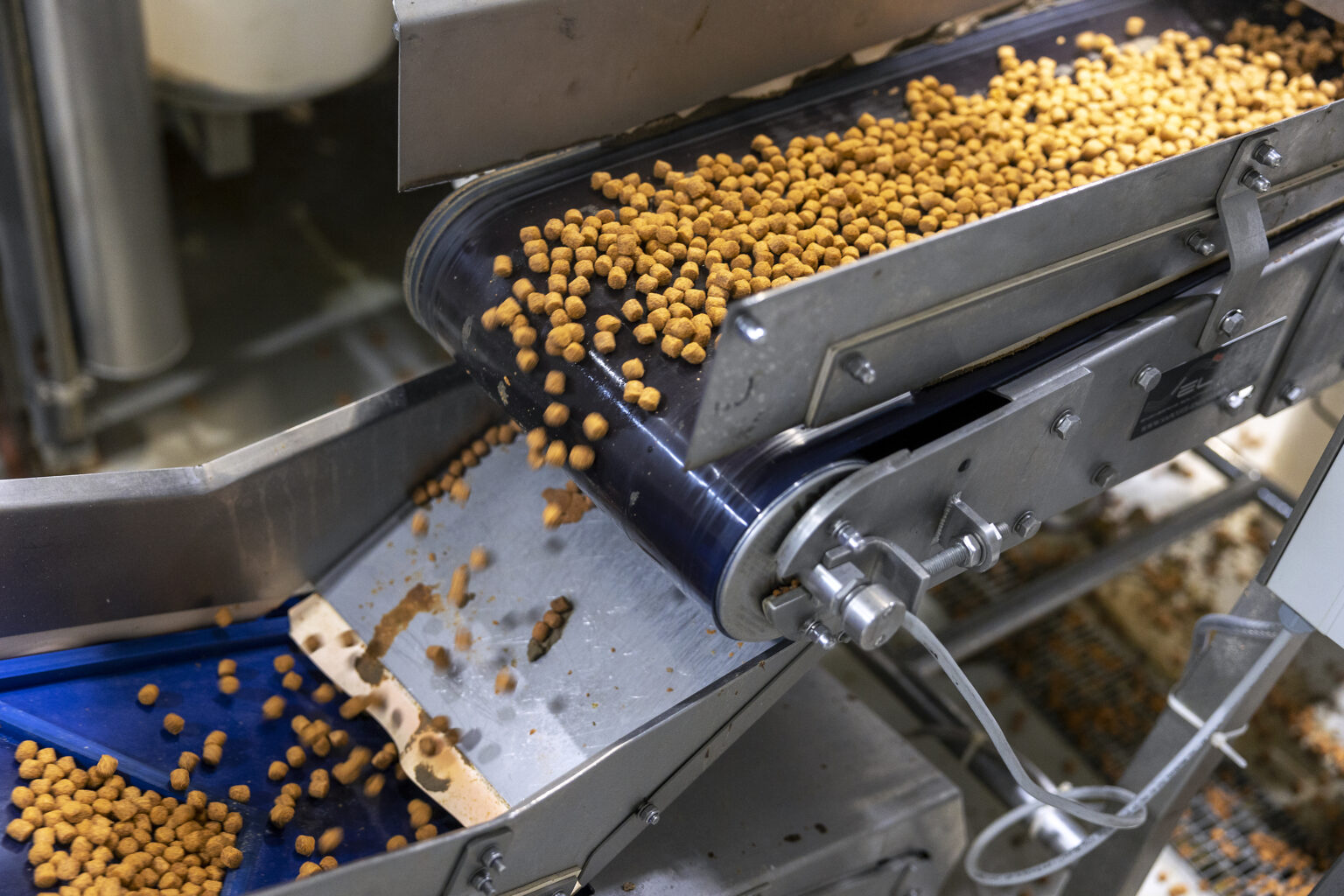The Norwegian government has declared that sustainable feed for farmed animals is one of its two missions. This initiative sets the tone for a collective effort to reduce the emissions and footprint associated with feed.
What is a targeted mission?
According to the long-term plan for research and higher education 2023-2032, “targeted societal missions are groundbreaking initiatives where the objective is to find solutions to defined technical and/or societal problems within a specified timeframe. Initiating a social mission is relevant when the challenge is known, but the solution is unknown. This approach provides an opportunity to involve various stakeholders, including businesses, public service providers, and regulatory authorities, in collaboration with researchers”.
The mission was launched in 2022.
Chairman of our board, Einar Wathne, has led an expert panel consisting of actors with broad competence from green and blue sector, and their knowledge have been incorporated in a report to the government. The report consists of proposals for goals and organisation of the mission on sustainable feed.

In an interview, Wathne explains what he believes is the most important benefit on having a feed mission.
Can deliver results quickly
– The most important thing is that we can focus on those areas that could create change. I believe that the social mission has such a broad approach that it can have the ability to make something happen. And that we will be able to deliver results quite quickly. Within five years, we will see significant results in emission reduction.
But if we are going to succeed, we are dependent on collaboration between the government and the industry, Wathne emphasises.
Several reports are pointing to new feed ingredients, including insects, blue mussels, by-products, etc. While new ingredients will be a part of the mix of future feed ingredients, Wathne also highlights the importance of using the ingredients we already have.
– Public authorities need to use their range of tools on the industry’s terms. Private public partnerships are not without challenges, but I hope that our industry can learn from other’s where this is more common. For example, the oil industry is based on these types of partnerships, and I hope that this is useful within our value chain, as well.
Same nutritional value, but lower emissions

– Today, most raw materials are selected based on price and nutritional value. However, it’s possible to find raw materials with the same nutritional value, but with different carbon footprints. So, if we start to factor in climate considerations, more actors will be motivated to buy ingredients from countries with more climate-friendly cultivation methods.
– It’s likely that these ingredients will have a higher cost, he adds.
For instance, those using regenerative agriculture which can produce with lower emissions, but a slightly higher cost, Wathne explains.
Three goals
In the report, they proposes ambitions, organisation, possibilities and limitations. As a foundation for the work they highlight the three following goals:
- Reduce climate emissions and preserve biodiversity
- Increase supply security
- Develop a strong feed ingredient industry in Norway
And four prerequisites for achieving their goals:
- Establish a qualification scheme for sustainable feed and feed ingredients
- Establish a politically anchored value hierarchy for the use of bioresources, energy, and land.
- Develop feed regulations
- Improve the knowledge base for the societal mission
Collaboration to reach the goals
According to the expert group, innovation is an important measure, but it cannot solve our goals on its own. We cannot come close without collaboration, as Wathne highlights. He and his group emphasise that public-private cooperation is necessary to accomplish the objective and the three suggested goals, hand in hand with targeted measures and removal of barriers.
Watch a webinar about the mission
The subject was discussed in a webinar 11.12.2023. Watch it below:
